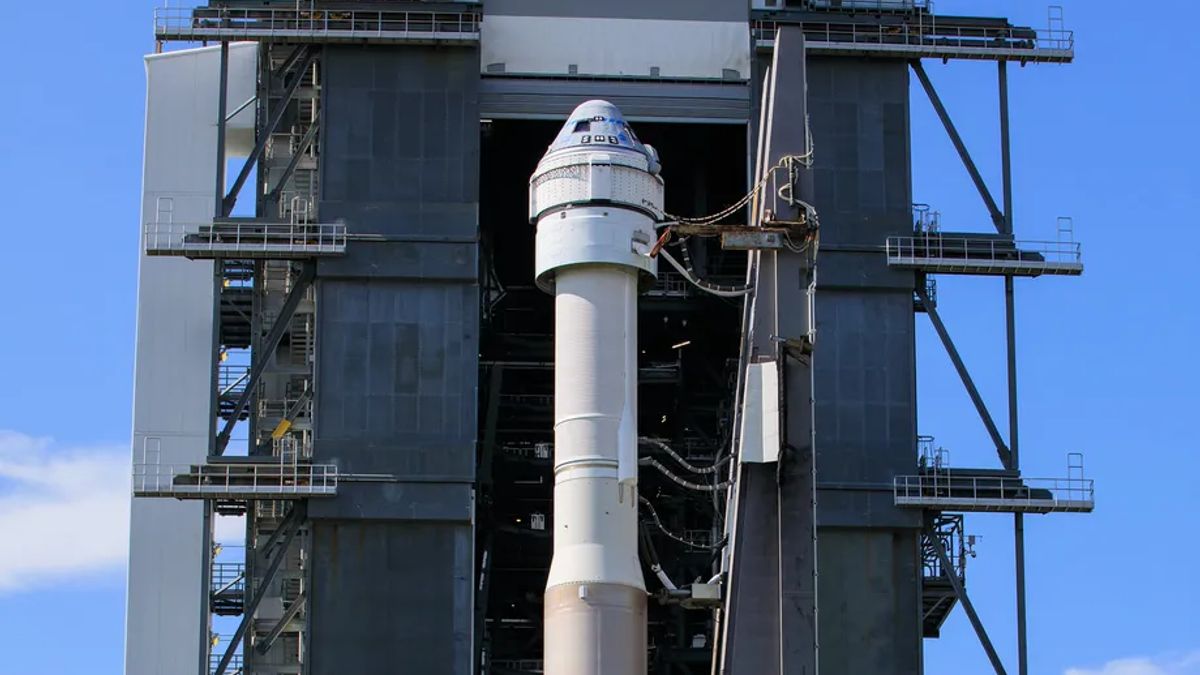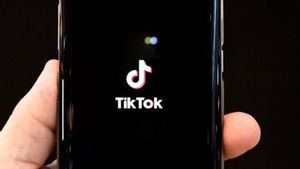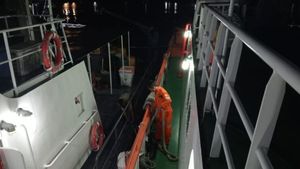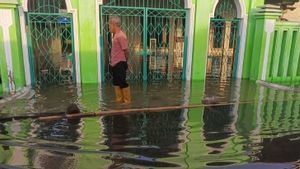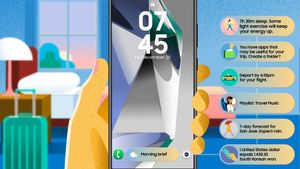JAKARTA - Boeing will launch its Starliner astronaut capsule to the International Space Station (ISS) as soon as Wednesday, or August 4, 2021 to be precise. This schedule is more than a year and a half after the Starliner's first orbital test failed to reach the station and returned home earlier than planned.
The mission is a test, and there will be no humans in it. Originally scheduled for launch on July 30, Boeing and NASA have postponed the launch date twice so far, the first delay due to an accident on the International Space Station and the second due to an issue Boeing has not clarified.
If all goes well, it will mark an important step towards Boeing and NASA's goal of using the Starliner for routine astronaut missions, and a key opportunity to save the aerospace giant's reputation after years of setbacks and controversy.
The test mission, called Orbital Flight Test 2, will be launched from Florida's Cape Canaveral Space Force Station on an Atlas-V rocket built by the United Launch Alliance. The Starliner, sitting on a rocket, will do what Boeing rival SpaceX did with its Crew Dragon capsule in early 2019, go into space, dock to the ISS, stay there for 10 days, then return to Earth. Both companies have developed their capsules under NASA's Commercial Crew Program, with Boeing's Starliner contract worth 4.5 billion US dollars and SpaceX 2.7 billion US dollars.
The Starliner, a seven-seater astronaut pod shaped like a flat seed, suffered a series of software glitches during its 2019 test flight, forcing Boeing to skip docking the space station and take it home early just two days after its launch into space.
Over the next 18 months, Boeing worked to solve 80 different problems that arose from a lengthy technical investigation led by company employees and independent experts at NASA. The 80 recommendations have been implemented, Boeing Starliner chief John Vollmer told reporters on Tuesday, and the Starliner is ready to fly again.
WHAT TIME TO LAUNCH?
The launch can be done Wednesday, August 4 at 1 pm Central American time or around 12.00 pm WIB. This launch is the second schedule after being postponed last Tuesday. The delay was announced in a tweet by Boeing Tuesday morning about three hours before the planned takeoff at 13:20. This, was due to a technical issue with the Starliner.
Tory Bruno, CEO of ULA (the company that launched Starliner into space), said the mission team would try to launch it tomorrow.
Forecasts from the Air Force predict only a 50 percent chance of favorable launch weather, this chance usually keeping the mission team optimistic about takeoff. Boeing and NASA postponed the mission from last Friday after a new Russian science module docked the day before the Starliner's planned launch, began firing its thrusters uncontrollably and pushing the entire space station out of position.
NASA's ISS team needed time to make sure everything on the space station was back to normal before welcoming the new spacecraft.
Each time the Starliner launches, it will attempt to dock to the International Space Station approximately 24 hours later to initiate a ten-day stay. NASA astronauts already at the station - Shane Kimbrough, Megan McArthur, Mark Vande Hei, will run tests inside the capsule before taking off about 10 days later. The exact time to start the Starliner's return journey depends on the weather forecast in New Mexico, where the capsule will return.
As with all launches, NASA plans to stream Starliner launches on its YouTube feed, with live coverage starting roughly an hour before launch. NASA's live coverage of the docking of the ISS Starliner begins the following day a few hours in advance, and will also be viewable on the YouTube link.
The English, Chinese, Japanese, Arabic, and French versions are automatically generated by the AI. So there may still be inaccuracies in translating, please always see Indonesian as our main language. (system supported by DigitalSiber.id)
